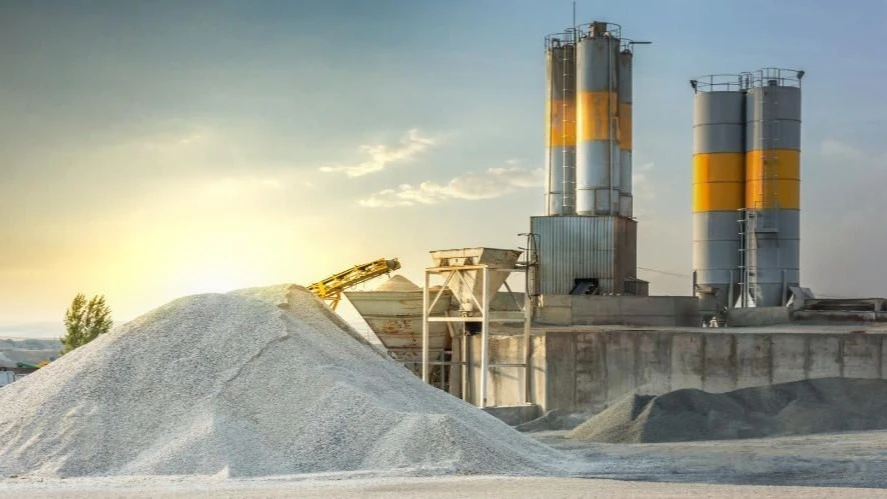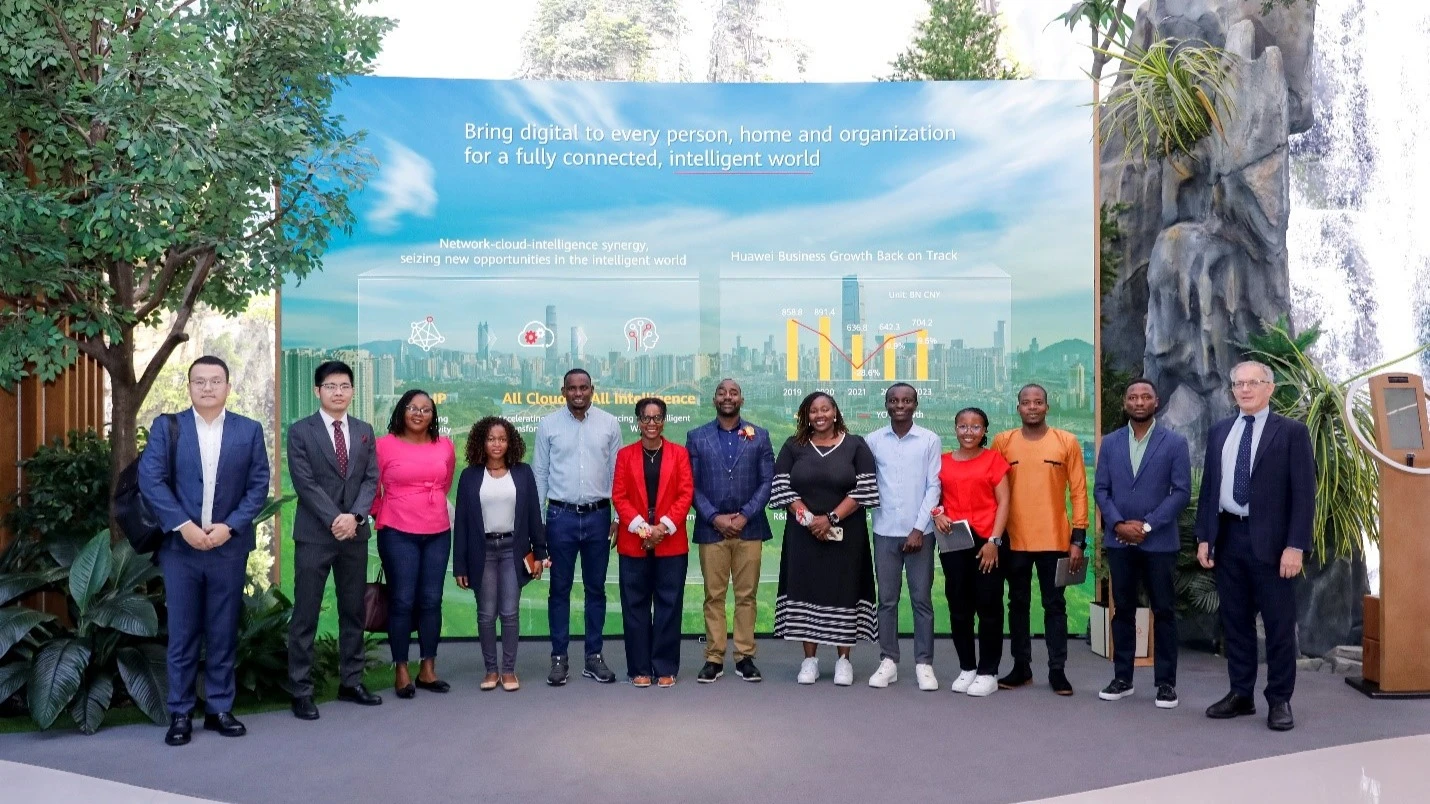SPECIAL REPORT: Cement dust raising health concerns among vulnerable industrial workers - 7

Silicosis is claiming thousands of lives in Tanzania. Workers in cement plants and those employed in the concrete blocks manufacturing value chain are particularly vulnerable to this deadly disease as many work without adequate safety gear.
Those who can afford safety gear, such as disposable face masks, often use them for longer than the recommended duration, contrary to guidelines from the World Health Organization (WHO).
A report published by MedCrave in April 2022, titled “Respiratory Symptoms and Dust Exposure Among Cement Processing Factory Workers in Tanzania,” sheds light on the dangers faced by these workers.
Conducted by the Department of Environmental and Occupational Health at Muhimbili University of Health and Allied Sciences (MUHAS), the study emphasizes that cement manufacturing processes generate dust containing silica and other toxic materials that can severely impact the respiratory systems of exposed workers.
In Tanzania, respiratory diseases rank among the top ten causes of death. Chronic obstructive pulmonary disease (COPD) accounts for six percent of deaths, while lower respiratory infections account for five percent, according to the report.
The cross sectional comparative study design was conducted at cement processing factory and Ndanda mineral water processing factory as control, all of these factories are located in Mtwara region in Tanzania. A total of 398 workers were selected randomly from these two factories.
According to the report, packing and cleaner were the sections with higher total cement dust concentrations above Occupational Exposure Limit (OEL) which were 33.24 and 15.39 mg/m3 respectively.
“Workers in cement processing factories were exposed to higher levels of total dust with AM 14.1033 mg/m3 an equivalent of SD 4.357 than in mineral water processing factory AM 0.0867 mg/m3 which is an equivalent of SD 0.035," reads the report.
It asserts that the prevalence of respiratory symptoms was higher among workers in cement processing factories rated at 45.7 percent than in mineral water processing factories rated at 25 percent, which is statistically significant.
A total of 398 workers were included in the study. 298 workers were from the cement factory and 100 workers were from the natural mineral water processing factory.
In the cement processing factory, the report states, there were 86.58 percent male and 13.42 percent female while in control there were 18 percent male and 82 percent female.
The mean age and standard deviation of the study population were 30.3 (4.7) cement and 29.2 (11.8) in water processing factories.
In cement processing factory job categories there were 9.43 percent workers in repair and maintenance, 24.92 percent in clinker, 28.96 percent in packing, 19.8 percent in loading and 16.84 percent in cleaner.
It states that regarding past dust job exposure there were 14.43 percent of workers in cement processing factories who reported past job dust exposure.
Respiratory symptoms by gender showed more proportion of male workers was affected compared to the female workers. The significant differences were noted for reported cough day and night (pvalue = 0.0001) and cough four to six times a day in a week (pvalue = 0.017).
The report notes that globally occupational respiratory diseases are huge which account for up to 17 percent of all registered work-related diseases and the burden is highly affecting developing countries.
Africa contributes about 11.8 percent to the global work-related mortality, and it is estimated that 2.78 million deaths occur annually across the countries being attributed to work.
“Exposure to cement dust in a working environment causes an increase in work related respiratory symptoms and reduced lung function;
A control measure to decrease the dust exposure level among cement workers in line with periodic medical examination is highly needed,” researchers recommend in the report.
Dr Elias Kweyamba, Medical Specialist based in Ifakara District of Morogoro region said that cement is a mixture of Calcium oxide (CaO) forming 62–66 percent, Silicon oxide (SiO2) forming 19–22 percent, Aluminum tri-oxide (Al2O3) forming four to eight percent, Ferric oxide (Fe2O3) forming two to five percent, Magnesium oxide (MgO) forming one to two percent and a small fraction of Selenium.
He said that a worker's exposure to total dust should not exceed 10mg/m3 as the employee's average airborne exposure in any 8-hour work shift of a 40-hour work week which shall not be exceeded.
“Dust with an aero diameter of less than 100µm is inhalable. Inhalation is the primary routes of dust exposure whereby these agents gain access to the respiratory system and can potentially affect exposed workers causing diseases such as silicosis and tuberculosis,” said Dr Kweyamba.
According to the 2024/25 Ministry of Industry and Trade budget speech tabled in the National Assembly in April 2024, Tanzania has a total of 14 cement factories, of which seven are integrated plants and seven are small factories.
It is noted in the speech that cement production for the year 2023 which reflects the demand of the market, especially the use of cement in large construction projects, shows that Tanzanian factories produced 9,107,973 tons of cement while the domestic demand stood at 8,000,000 tons.
Thus, there was an excess of 1,107,973 tons that was for export. Factories that produce cement for domestic and export include Dangote Industries Ltd, Tanzania Portland Cement PLC, Lake Cement Co. Ltd, Mbeya Cement Co. Ltd, and Tanga Cement PLC.
"These companies sell cement in the countries of Rwanda, Burundi, Uganda, the Democratic Republic of the Congo (DRC) and Zambia. The sector has employed 17,885 workers as of April 2024, of which 4,176 workers are directly employed and 13,709 workers are indirectly employed," reads part of the speech.
In the year 2023/24, the speech reads that the ministry permitted the acquisition of Amsons Industries (T) Ltd, which produces cement under the Camel brand, to acquire the Mbeya Cement Company Limited.
The ministry states that the decision is expected to increase Clinker production four times to 1,220,000 tons from 305,000 tons per year and increase cement production by 60 percent to reach 1,680,000 tons from 1,050,000 tons per year.
"The government has continued to create a favorable environment for the cement sector by taxing an import duty of 35 percent on cement imported into the country with the intention of protecting local manufacturers;
The government continues to encourage cement producers to increase production in order to gain stable productivity and be competitive in foreign markets, including the African Continental Free Trade Area-AfCFTA," reads the speech.
Top Headlines
© 2025 IPPMEDIA.COM. ALL RIGHTS RESERVED

























